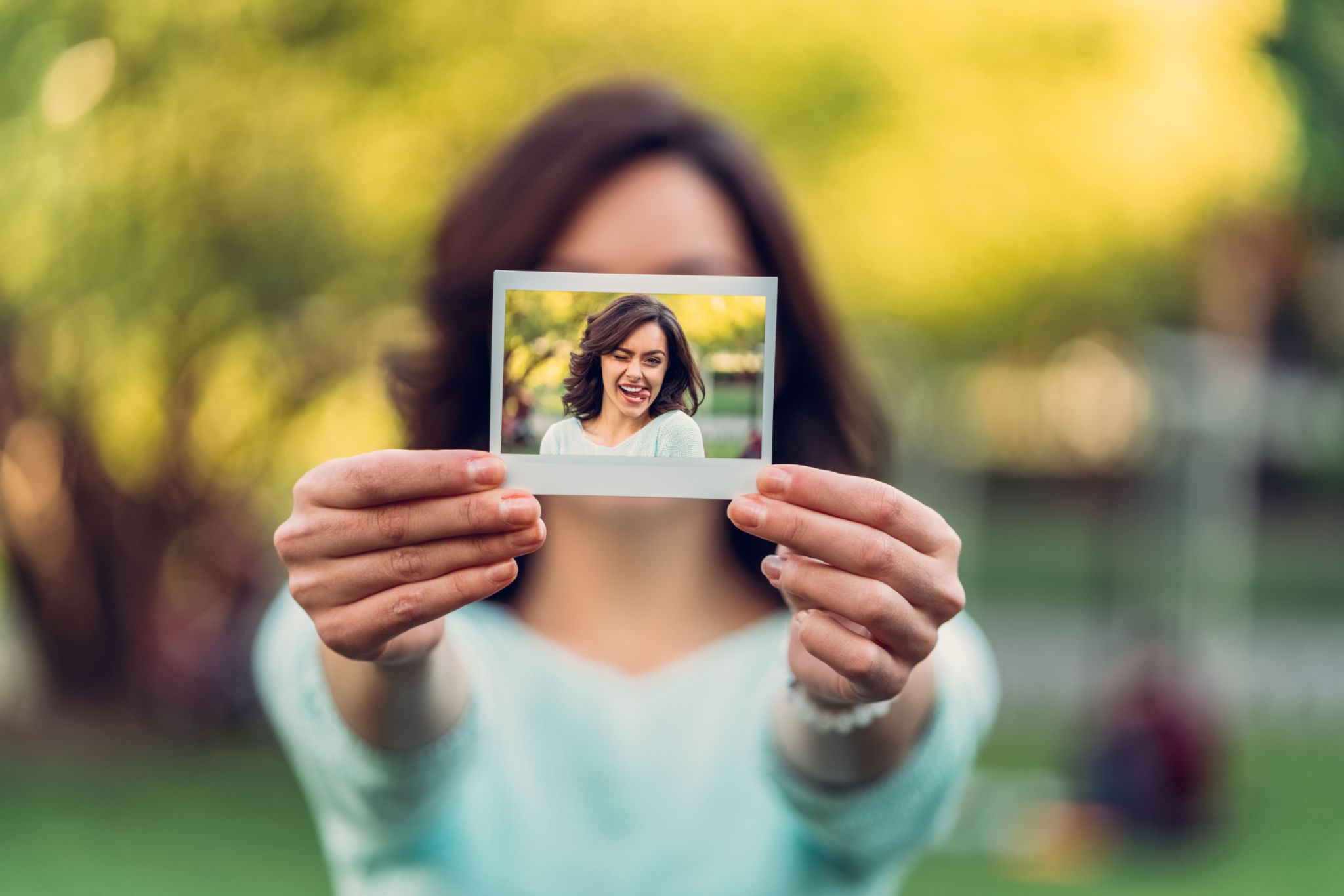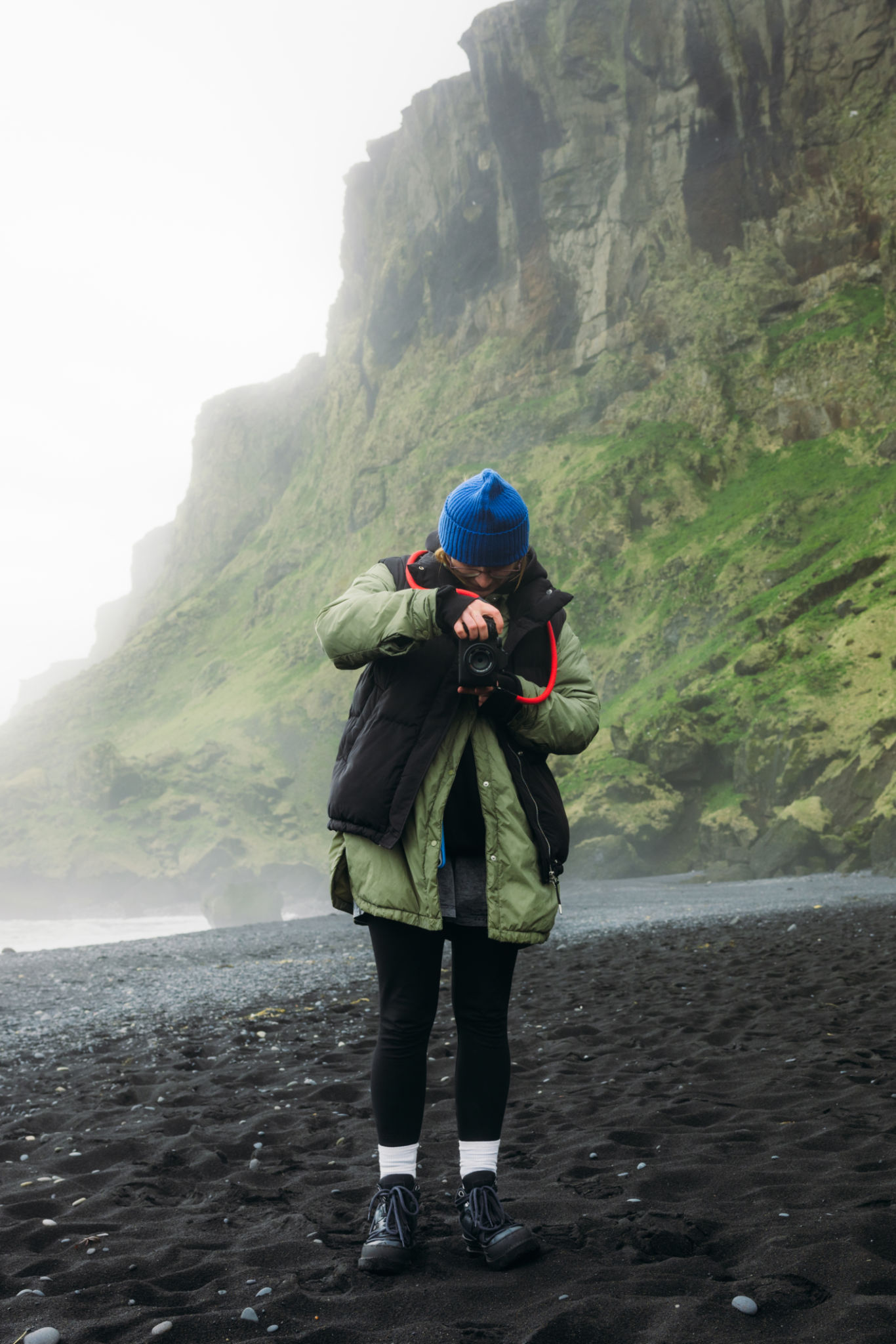Understanding the Art of Portrait Photography: Expert Tips from Cordova
Introduction to Portrait Photography
Portrait photography is a captivating art form that captures the essence and personality of individuals. It's more than just clicking a button; it's about creating a connection between the subject and the photographer. At Cordova, we believe that mastering portrait photography requires understanding various elements that contribute to a compelling image. In this post, we'll share expert tips to help you elevate your portrait photography skills.

The Importance of Lighting
Lighting is one of the most critical aspects of portrait photography. It can dramatically affect the mood and tone of your image. Natural light is often the preferred choice for many photographers due to its soft and flattering qualities. However, understanding how to manipulate artificial light can also be beneficial. Experiment with different lighting setups, such as side lighting or backlighting, to create unique effects.
Natural Light
Utilizing natural light can enhance the authenticity of your portraits. Shooting during the golden hour, which occurs shortly after sunrise or before sunset, provides a warm and diffused glow. This time of day is ideal for capturing stunning portraits with minimal shadows.
Artificial Light
For indoor settings or when natural light isn't available, artificial light can be your best friend. Tools like softboxes, reflectors, and diffusers help in creating a balanced and soft light source. Experimenting with these tools will enable you to control the mood and highlight specific features of your subject.

Posing and Composition
The way your subject poses can greatly influence the overall impact of the photograph. Encourage your subjects to relax and be themselves in front of the camera. This helps in capturing genuine expressions and emotions. Consider these tips for effective posing:
- Guide your subject on how to position their body and where to look.
- Use props or backgrounds that complement the subject’s attire or personality.
- Incorporate movement to make the pose appear more natural.
Composition is equally important in portrait photography. The rule of thirds is a classic guideline that can help in creating balanced and harmonious images. By placing your subject off-center, you can add depth and interest to your photos.
Creating a Connection
One of the secrets to outstanding portrait photography is forming a connection with your subject. This connection allows for more relaxed and authentic images. Spend time getting to know your subject before the shoot. This helps in understanding their personality and how best to capture it on film.

Post-Processing Techniques
Editing is an essential step in portrait photography that allows you to enhance and refine your images. Software like Adobe Lightroom or Photoshop offers a plethora of tools for adjusting exposure, contrast, and color balance. However, it's crucial not to over-edit as this can lead to unnatural-looking images.
Retouching
Retouching can help in smoothing out skin textures or removing minor blemishes without compromising the natural look of your portrait. Subtlety is key; aim to enhance rather than transform your subject's appearance.
By implementing these expert tips from Cordova, you'll be well on your way to mastering the art of portrait photography. Remember, practice is essential, so keep experimenting with different techniques to find your unique style.

